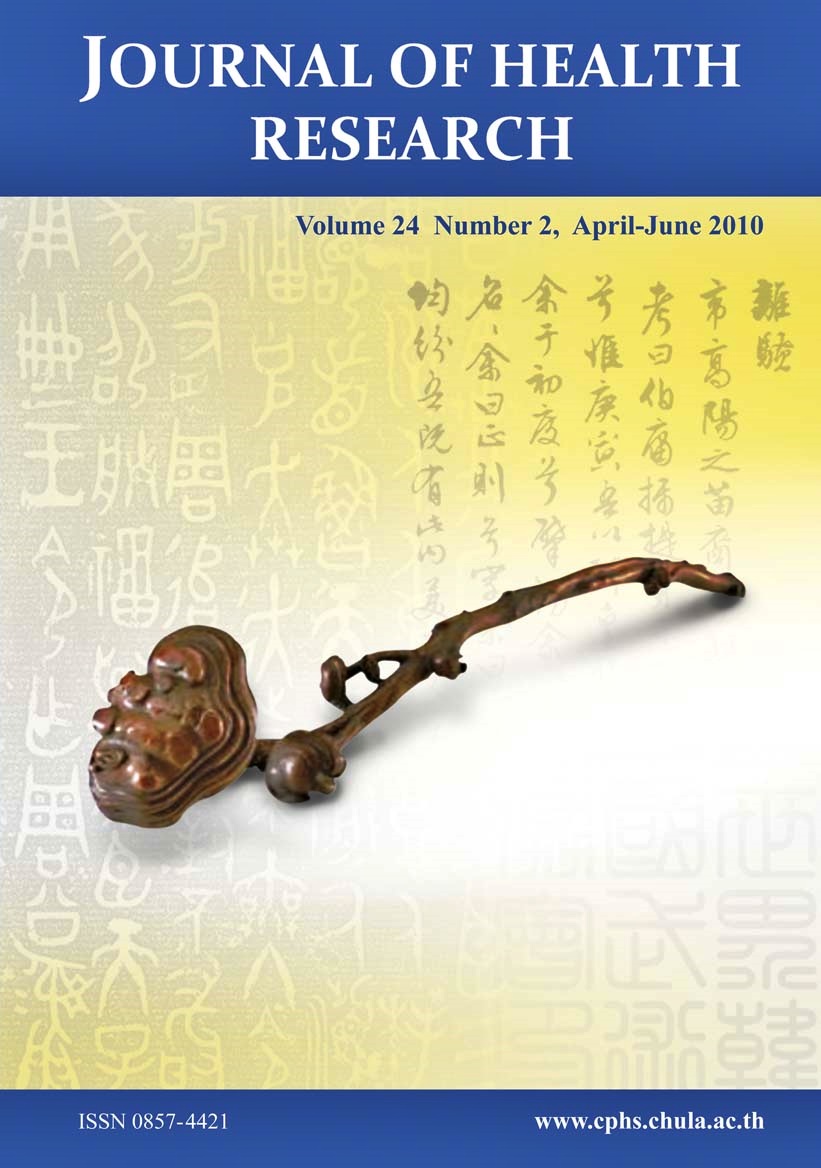DNA Fingerprinting of Selected Thai Phyllanthus Species by Rapd Analysis
Keywords:
Phyllanthus, Euphorbiaceae, RAPD, DNA fingerprinting, DNA polymorphismAbstract
Random amplified polymorphic DNA (RAPD) markers were used to discriminate and construct the genetic relationship between twelve Phyllanthus species (Euphorbiaceae) existing in Thailand. They are P. amarus Schum. & Thonn., P. urinaria L., P. emblica L., P. taxodiifolius Beille in Lecomte, P. collinsiae Craib, P. acidus (L.) Skeels, P. pulcher Wall. Ex Mϋll.Arg., P. debilis Klein ex Willd., P. virgatus G.Forst., P. acutissimus Miq., P. ankorensis Beille in Lecomte, and P. reticulatus Poir. in Lam. Phyllanthus species have been widely used as fruits, medicinal as well as ornamental plants. The medicinal effects of Phyllanthus are diverse including antipyretic, analgesic, anti-inflammatory, antihepatotoxic and antiviral activity. Nine out of eighty RAPD primers were screened for DNA polymorphism. Primer OPS-01, OPS-03, OPS-07, OPS-08, OPS-12, OPS-19, OPD-02, OPD-04, and OPD-07 produced unique DNA fingerprints that individuated the twelve Phyllanthus species. RAPD bands were scored and grouped by distance analysis using Dice similarity coefficient by Nei and Li. A dendrogram was generated by using an unweighted pair group method with arithmetic average (UPGMA) cluster analyses. Twelve Phyllanthus species are divided into 4 major groups. The RAPD result shows highly DNA polymorphism that was confirmed by 50% of Dice similarity index. Obtained fingerprints indicate the efficiency of RAPD marker for discrimination Phyllanthus.






